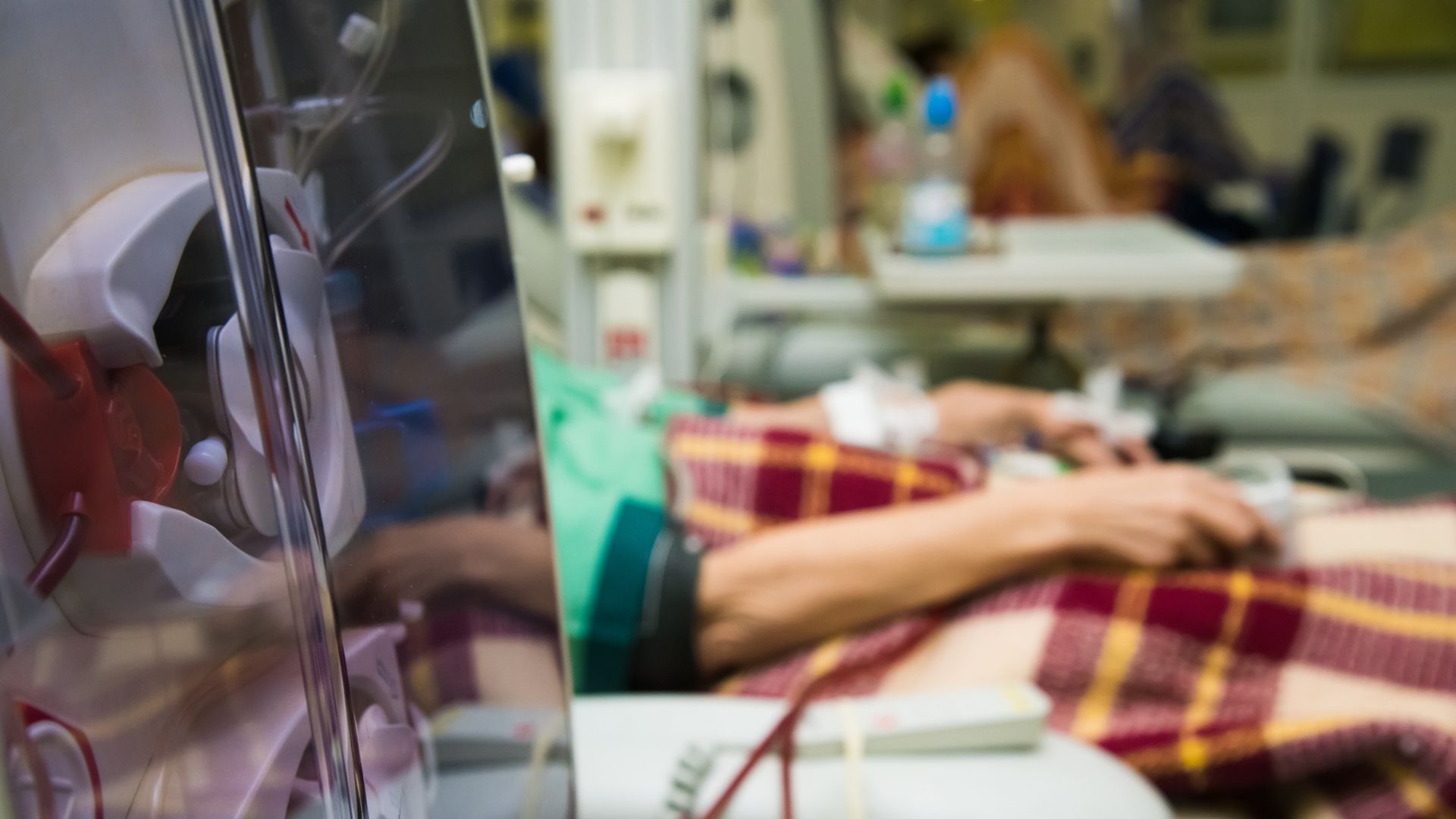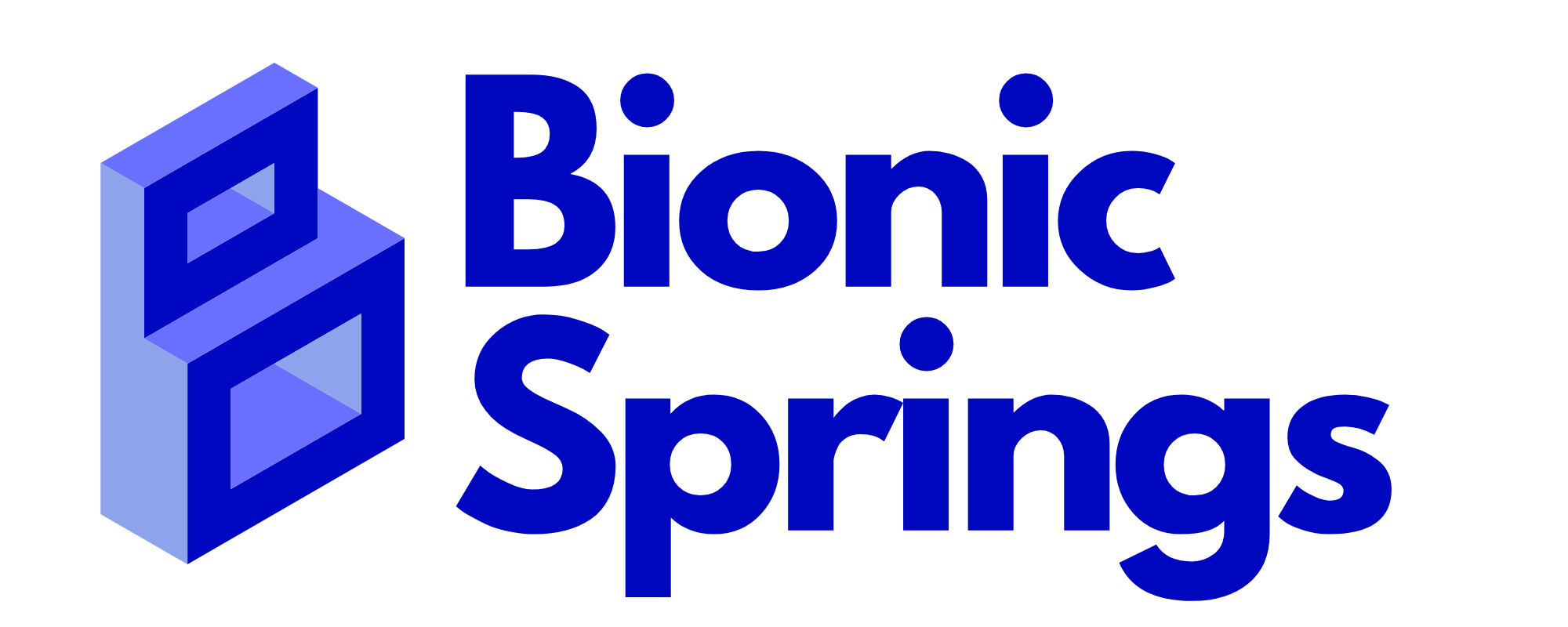
The Role of Robotics in Rehabilitation: Advancements in Patient Care
Robotics has made significant strides in the field of rehabilitation, offering transformative solutions for patients recovering from injuries, surgeries, and conditions like strokes or spinal cord injuries. These technologies enable precise, consistent, and often personalized treatments that promote faster recovery times and improved outcomes. Robotic devices designed for rehabilitation aim to restore lost functionality by assisting patients in regaining mobility, strength, and independence. This integration of robotics in patient care offers a promising future for rehabilitation therapy, as these devices work in tandem with human therapists to accelerate recovery.

One key area where robotics is having a profound impact is in physical therapy, where robotic devices are being used to assist patients with movement exercises. These devices, often referred to as exoskeletons or robotic limbs, can be used to help patients perform repetitive motions that are crucial for muscle recovery and neural reactivation. By providing precise, controlled movement patterns, these robots help patients regain strength and flexibility while minimizing the risk of injury. For patients who are unable to move independently, these devices offer a lifeline by allowing them to perform movements that were once out of reach, thus promoting recovery and preventing the atrophy of muscles.

Another area where robotics is making a difference is in the rehabilitation of patients with neurological conditions. Robotic-assisted therapy allows patients recovering from a stroke or brain injury to undergo repetitive, task-specific exercises that stimulate neural plasticity—the brain's ability to rewire itself and form new connections. These robots often feature interactive interfaces that allow patients to receive feedback on their progress, motivating them to engage in therapy more actively. Additionally, some robots are designed to adapt to the patient's needs, adjusting the difficulty level as the patient improves, ensuring that the therapy remains challenging yet achievable.

Beyond physical recovery, robotics is also helping patients with cognitive rehabilitation. Robots used in cognitive therapy assist patients in exercises that improve memory, attention, and problem-solving skills. These robots are often equipped with interactive screens or voice recognition software, allowing patients to engage in tasks such as puzzles, games, or simulations that challenge their mental faculties. The precision and consistency of robotic systems are essential in this context, as they provide structured environments for patients to practice cognitive tasks, making rehabilitation more effective and tailored to individual needs.

The role of robotics in rehabilitation is transforming patient care by offering targeted, efficient, and personalized treatment options. With continued research and development, these technologies are likely to become even more refined, enabling more patients to regain function and improve their quality of life. As robotic systems evolve, they will play an increasingly critical role in helping individuals recover and return to their daily activities, providing hope and healing for a wide range of conditions.

